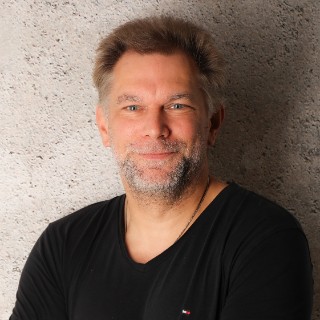Frank Beckmann: In any case, we need to move away from stand-alone technology, where a plant somewhere singularly produces prototypes or individual parts, and towards full integration into factory structures. Furthermore, Additive Manufacturing is still in part a fairly manual and less automated manufacturing route. Our plans for the new building include fully automated, end-to-end process chains for plastics and metal – both physically and in the digital process chain.
Prof. Ingomar Kelbassa: The trend is clearly toward virtualization. You could otherwise only optimize individual process steps autonomously and not the complete AM production route, that is, end-to-end. The second major trend is definitely automation. And the third trend has to be resilience: Meaning that we not only look at the horizontal process chain from design to the finished end product, but also at the CO2 footprint of the product life cycle. And that we resiliently grow the supply chain with tier one and tier two, independent of third countries.
We must be able to carry out everything ourselves on site – from raw material production to the finished end product, including MRO (editor‘s note: Maintenance Repair Overall) of the component and all the way to recycling.
As part of our IAMHH® initiative, two of three pilot projects are dedicated to building a resilient AM infrastructure on site. First, a Germany-wide end-to-end representation – meaning from the design to the finished end product including life cycle. In the second project, we even map the complete life cycle locally on the Hamburg city area. We intend to demonstrate the whole thing for two materials, Germany-wide for metal, locally in Hamburg for plastic.
I believe that once this success story has been written, it motivates us to move in the direction of decentralized, automated production. Needless to say, the motivation is significantly higher if you can show at the same time: You need significantly less raw material to create this product with the production of components using an AM production route. And you need significantly less energy. Ultimately, in a benchmark comparison with any type of conventional production, the AM production route is potentially even the most sustainable solution in terms of its CO2 footprint, and the most cost-effective as well.
When productivity has been demonstrated, every manufacturing company in the world will at least look at AM, use AM as a complement to conventional manufacturing or even switch to AM altogether. That is where we are heading: Towards »green manufacturing« with AM.


